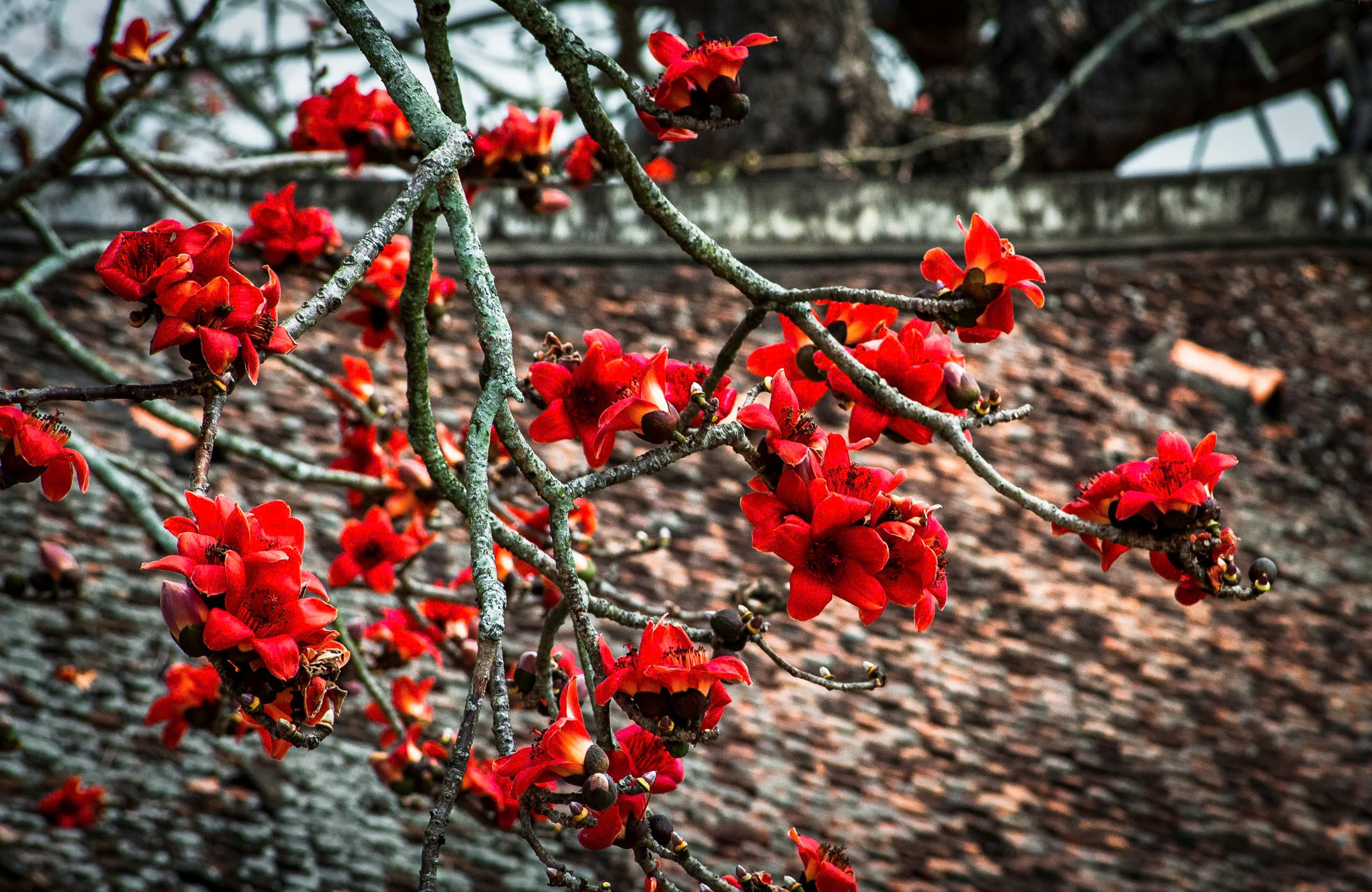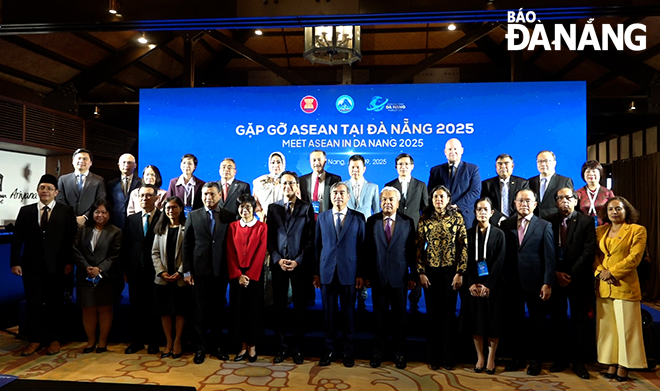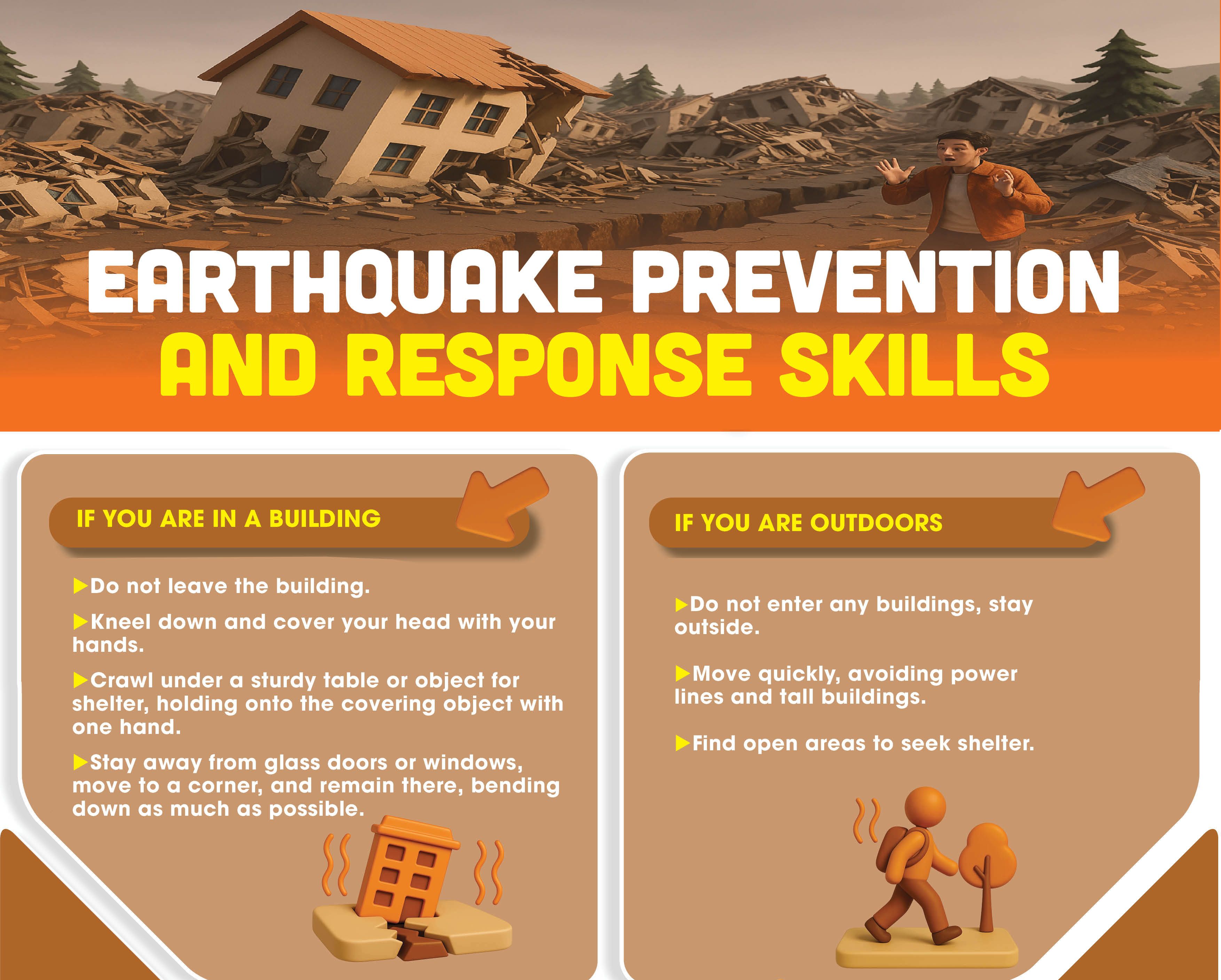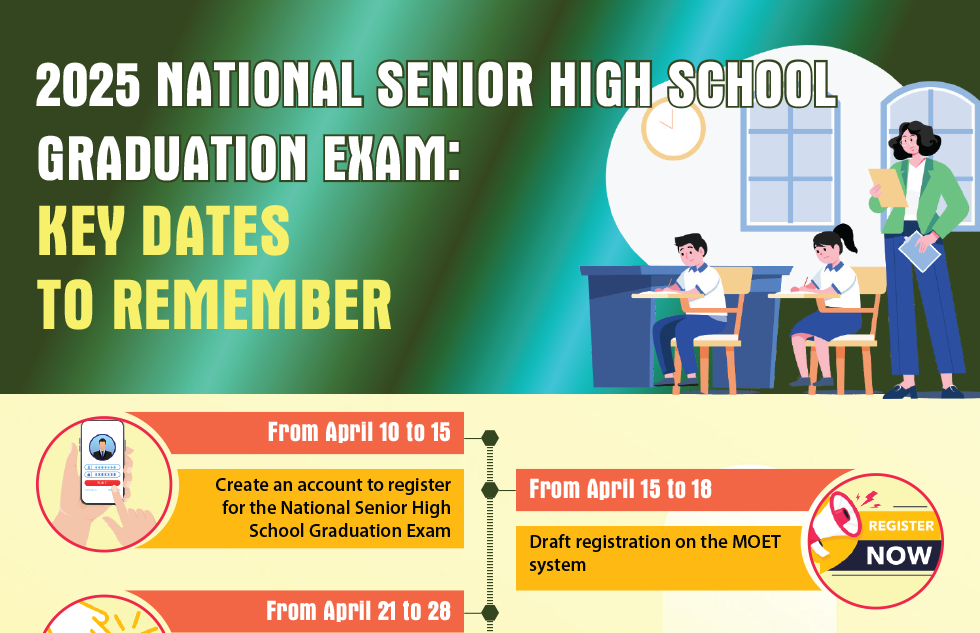The 'revolution' that helps Da Nang rise up
50 years after liberation, from a small, cramped urban area bearing the mark of a military base, Da Nang has become a modern, livable city. The narrow streets, stilt houses on the Han River or slums along Thanh Binh Beach have receded into memory, giving way to tree-lined boulevards, spacious buildings and a civilized living space. To achieve that change, the city has undergone a “revolution” in planning, infrastructure development, building urban culture and strengthening people’s trust in the municipal government.
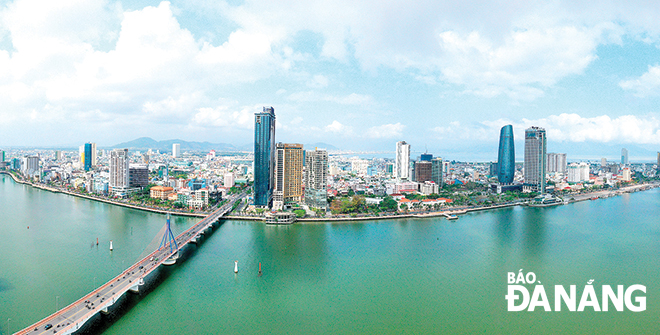 |
| Here is a corner of prosperous Da Nang. Photo: DNO |
The Da Nang Newspaper recently had an interview with Mr. Nguyen Ba Son, Chairman of the Da Nang Lawyers Association, former Deputy Head of the National Assembly Deputies’ Delegation of Da Nang, to look back at the breakthrough decisions and sustainable development vision of Da Nang.
* Can you share your memories of the city 50 years ago?
- When Da Nang was separated to become an administrative unit, the city still faced many difficulties. For example, 126 8m-wide roads had seriously degraded over time, and had not been upgraded after many years of resistance war. Rows of stilt houses were crowded along the east bank of the Han River, while slum areas sprung up close together on the Thanh Binh Beach. The Lien Tri Power Plant, the city’s only source of electricity, only generated electricity three nights a week due to outdated technology and a lack of fuel to operate the generator...
* So what made such a big change, sir?
- The above-mentioned things put the city in front of a challenge: how to create space for development. An extremely big and bold decision, decided by the Da Nang Party Committee and the municipal government: a revolution in clearance, relocation, resettlement, rearrangement of urban space, and the construction of infrastructure for the city’s future development.
The resolution was issued, the specific action plan, the implementation steps were urgently deployed. The Party speaks, the people believe; the mass front mobilizes, the people follow; the government acts, the people support. More than 110,000 households have their homes displaced, which have been closely associated with their lives and their families for generations, to make room for the city’s development.
Now, the city is developing dynamically, its appearance and urban space are increasingly open with more than 2,300 roads, associated with many works, projects, spacious and modern high-rise buildings. If in the previous stage, the city focused on clearance, relocation, resettlement, rearrangement of urban space, infrastructure construction. In the current stage, Da Nang is carrying out the next mission, which is “sustainable, long-term development”.
Recently, the Vietnamese Government has allowed Da Nang to build key projects such as the Regional Financial Centre, the Lien Chieu Port, the Innovation Center, training facilities, semiconductor chip manufacturing and the development of new technologies... These projects promise to bring a strong development future for the city.
* In addition to changing the urban space, can you tell us what other great achievements Da Nang has achieved?
- The second notable achievement in the city’s development is the revolution in building a civilized and cultural urban lifestyle. To have a prosperous city, not only modern infrastructure is needed, but more importantly, the local people who have awareness, understanding, behaviour, and civilized communication, suitable for the requirements of the entire city’s development.
And, to form a civilised urban lifestyle, the city launched a campaign to build a civilised urban lifestyle. Up to now, this content has been continued to be raised to a higher level in the city's "5 no's" and "3 yes's" programme. The ‘5 no’s’ stands for no hungry households, no illiterate people, no beggars, no drugs and no murderer or robber, while the ‘3 yes’s’ stands for having a house, having a job, and having a cultural and civilised urban lifestyle. The urban cultural and civilised lifestyle has been formed and become ‘Da Nang culture’.
Old habits and customs have gradually been changed by suitable lifestyles and activities, gradually taking root in the lives of city residents, positively affecting the economic and social development processes.
In Da Nang, there is a symbol of the early days of city construction process, which is the Han River Bridge. During those difficult days, from every civil servant, city leader to the people in the community, from the vegetable seller to the motorbike taxi driver, made their contributions to each project in these early days. And there was a very natural pride formed: the title of ‘citizen of Da Nang’.
The third achievement is the people’s firm belief in the municipal Party Committee and the government. After many years of development, the trust of Da Nang people in the Party and the government has never been shaken, but it can be said that this trust has taken root deeply in the hearts of the local people. That is the solid political foundation for the city’s strong development in the future.
* In the coming years, what should Da Nang do to maintain its development momentum and step forward firmly in the new era of the nation?
-In order to continue to maintain and inherit the development achievements in the past, the profound lesson of “Party’s will meets people’s will” shows the importance of maintaining and implementing well the work of Party building and rectification, as well as building a truly clean and strong political system. This work needs to be carried out regularly and continuously, along with strengthening solidarity and unity within the Party and encouraging the active participation of the people in social and political activities.
It is necessary to promote economic development by creating a favourable environment to attract investment, focusing on key industries such as high technology, tourism, services and logistics. Sustainable development and digital transformation must be given top priority. At the same time, it is necessary to promote administrative reform, improve management efficiency, increase transparency and simplify procedures, and create favourable conditions for businesses and residents.
Heed should be paid to developing high-quality human resources through investment in education and vocational training to meet the human resource needs of industries and services. Along with that is investment in transport and urban infrastructure, as well as projects serving socio-economic development. More importantly, economic development needs to go hand in hand with environmental protection, including ensuring natural resource management, proper waste treatment and pollution reduction.
Finally, it is high time to continuously improve the quality of cultural, material and spiritual life for the people; improve health care, education and policy services; ensure that all people have the opportunity to access good-quality basic services.
Reporting by NGUYEN CUONG - Translating by A.THU


